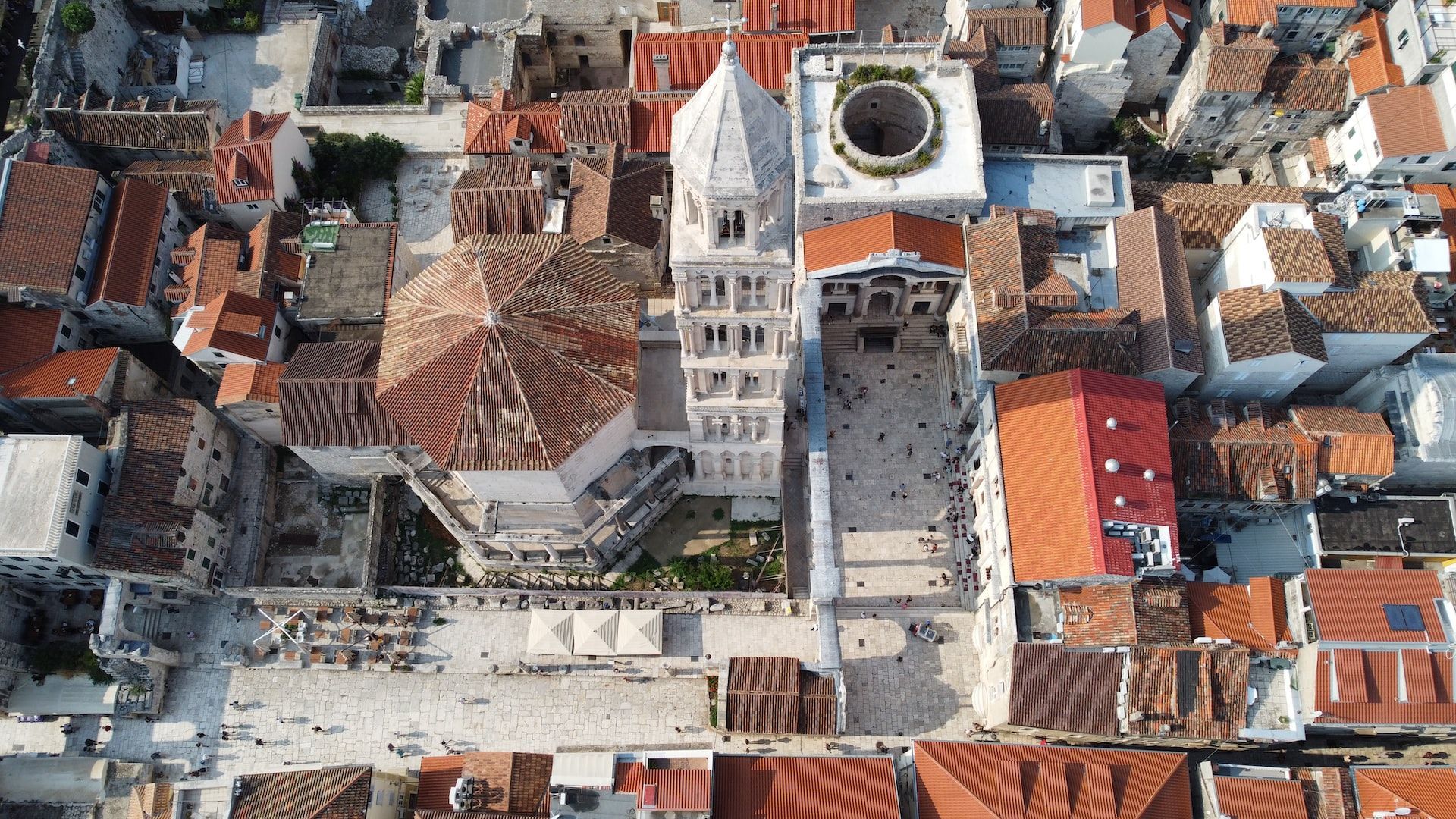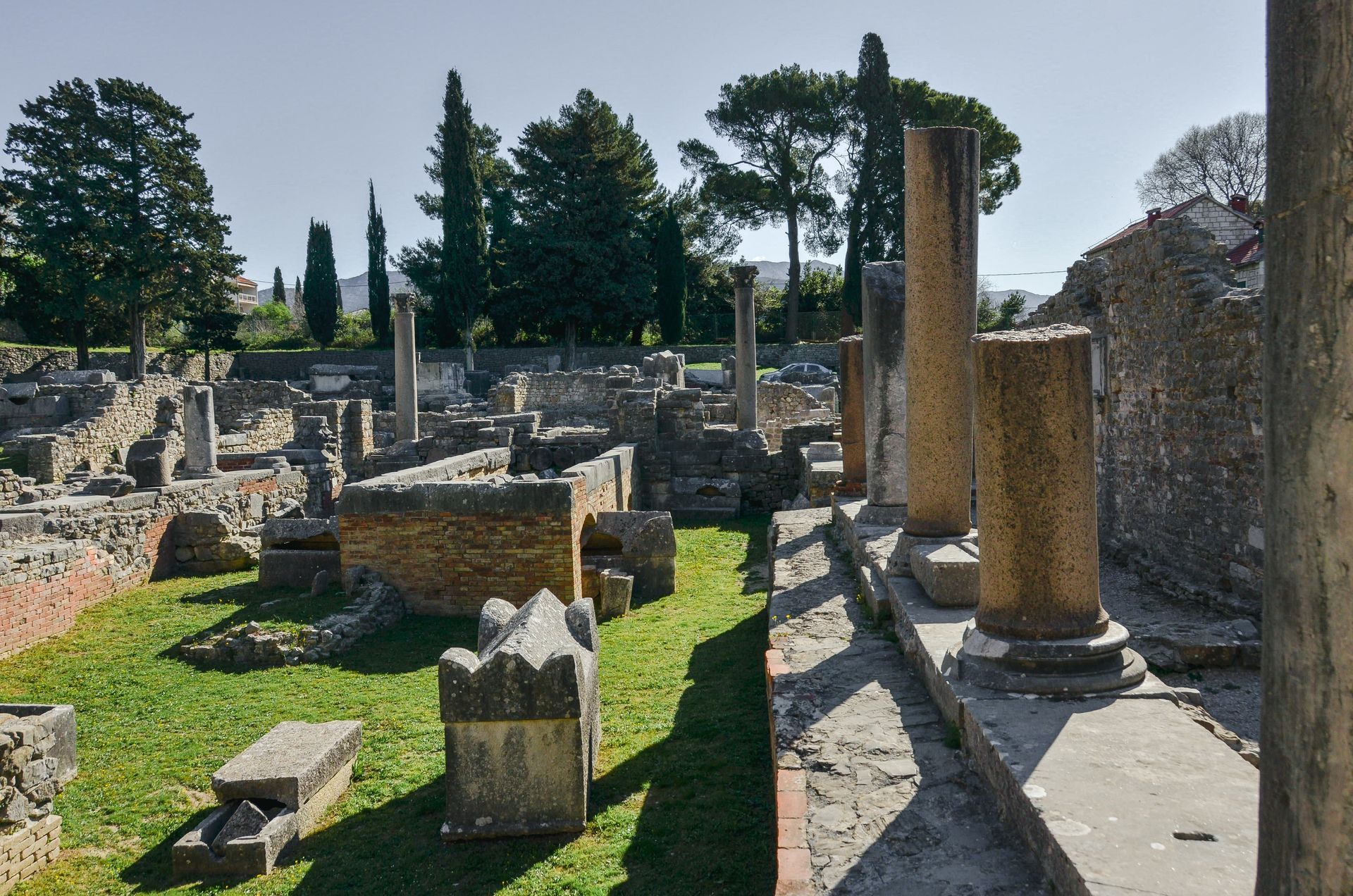Visites guidées privées de Split en français
Split Palais de Dioclétien, Salona, Dubrovnik, Šibenik, Krka, Hvar, Brač
Diocletian Palace
Diocletian Palace
Diocletian's Palace, located in Split, Croatia, is one of the most impressive and well-preserved Roman monuments in the world.
Voici quelques faits saillants :
Architecture: Built in the early 4th century AD, the palace is a sprawling complex that showcases the architectural prowess of the Romans. It combines elements of Roman, Greek, and Byzantine styles.
Peristyle Square: The central square of the palace, the Peristyle, is surrounded by columns and features an Egyptian sphinx statue brought from Egypt by Emperor Diocletian.
Diocletian's Mausoleum: Originally built as the emperor's mausoleum, it later became a cathedral dedicated to St. Domnius. It's an impressive example of Romanesque architecture.
Golden Gate and Silver Gate: These monumental entrances to the palace are stunning examples of Roman triumphal arches.
Basements: The underground cellars of the palace, once used for storage, now house shops and cafes. Exploring these labyrinthine passageways gives visitors a sense of the palace's original layout.
St. Domnius Cathedral and Bell Tower: The cathedral within the palace complex is dedicated to Split's patron saint, St. Domnius. The bell tower offers panoramic views of Split and the surrounding area.
Split City Museum: Housed within the palace, this museum displays artifacts and exhibits related to the history of Split and the palace itself.
Vestibule: This grand entrance hall served as a ceremonial space for greeting visitors to the palace.
Temple of Jupiter: Located within the palace complex, this ancient Roman temple was later converted into a baptistery during the Christianization of the region.
Peristyle Music Festival: In the summer months, the Peristyle Square becomes a venue for concerts and cultural events, adding to the lively atmosphere of the palace.
These highlights collectively make Diocletian's Palace a must-visit destination for history enthusiasts, architecture aficionados, and anyone interested in experiencing the rich heritage of the Roman Empire.
Diocletian Palace
Visites guidées privées de Split en français
Des visites à pied, des dégustations de vins et de mets et des expériences privées inoubliables à Split
Visites privées
Meilleurs emplacements
Excellentes notes
Experts en joyaux cachés
Split Guide. Tous droits réservés.


















